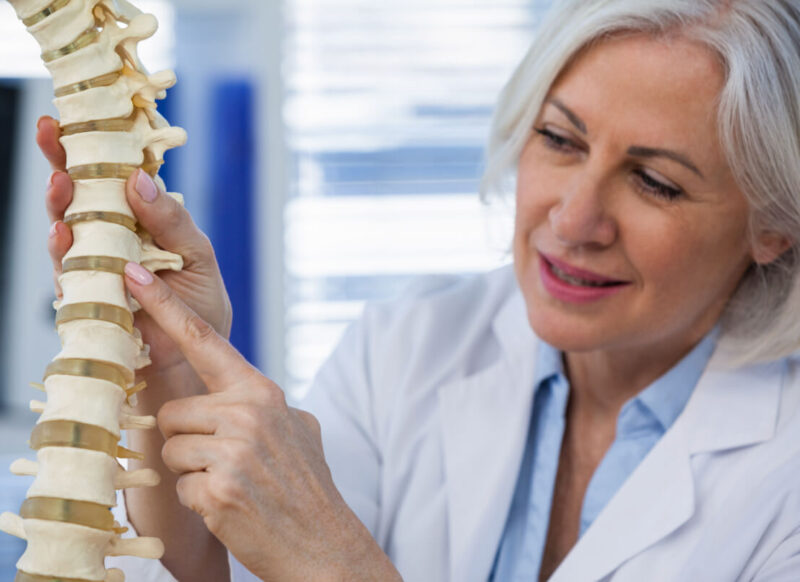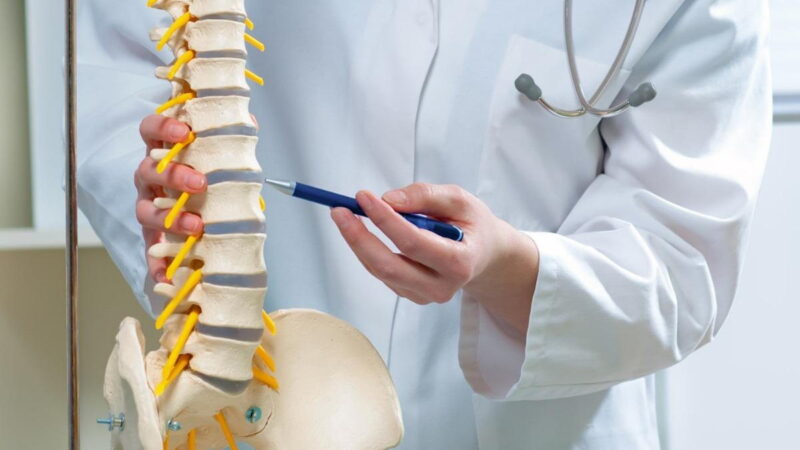Spinal stenosis is a condition whereby one or more of the bony openings within your spine begin to narrow, reducing space for the nerves. The narrowing can occur within the spinal canal or in the intervertebral foramina. Depending on how much the narrowing happens over time, spinal nerve roots may become compressed, producing pain, numbness, tingling, and muscle weakness. You should see your interventional pain specialist Houston for any numbness and weakness that radiates into the arms or legs or for any problems with bladder control or coordination.
Types of spinal stenosis

Spinal stenosis is categorized based on where the condition occurs along the spine; the main types of spinal stenosis include:
- Lumbar spinal stenosis. It is the most common form of spinal stenosis; it occurs when the narrowing occurs in the lower back region of your spine.
- Cervical spinal stenosis. The narrowing occurs in the body openings along the neck region of your spine.
Besides the back and neck regions, spinal stenosis can occur anywhere along the spine, and it is also possible to have more than one type of spinal stenosis.
Symptoms of spinal stenosis
Many people with diagnosed spinal stenosis experience no symptoms, but the symptoms gradually occur and worsen with time when they do. Symptoms also vary widely from person to person, depending on the location and extent of the narrowing. If you have spinal stenosis, you may experience one or more of the symptoms below.
- Pain. You may have an electric-like pain radiating into the arms or legs, or the pain may be dull and confined in your lower back or neck. Over time, the pain varies; it may flare-up or worsen with certain activities or feel more of a pins-and-needles sensation.
- Numbness. Reduced or total loss of sensation may occur in your arm, leg, or other body parts.
- Weakness. Your arms or legs may feel weak, and you may have reduced strength and coordination problems. Severe compression of nerve roots running below the spinal cord could result in urinary incontinence (loss of bladder control).
What causes spinal stenosis?

Spinal stenosis can be a result of one or more of the following factors
- Spinal osteoarthritis
Spinal osteoarthritis occurs when the smooth cartilage covering the facet joints starts to wear and tear, allowing bones to rub against each other. The friction between bones causes the formation of abnormal bones called bone spurs or osteophytes, which contribute to the narrowing of the foramina.
- Degenerative disc disease
Almost everyone will have some form of disc degeneration as they grow older. Usually, the spinal discs are made out of 85% water, but they dry out and flatten as you grow older. Consequently, they allow bones to rub against each other, eventually causing the intervertebral foramina to narrow. Disc degeneration also increases the risk of a herniated disc, whereby the nucleus bulges and starts to push into the spinal canal.
- Thickened ligaments
Tough cords or ligaments in the spinal canal can ossify and bulge into the spinal canal, narrowing the space.
- Spinal injuries
Auto accidents can cause a fracture in one or more of the vertebrae, and a displaced bone from a spinal fracture can bulge into the spinal canal
Consult your specialist at William Yancey, MD, to know your treatment options for spinal stenosis.


